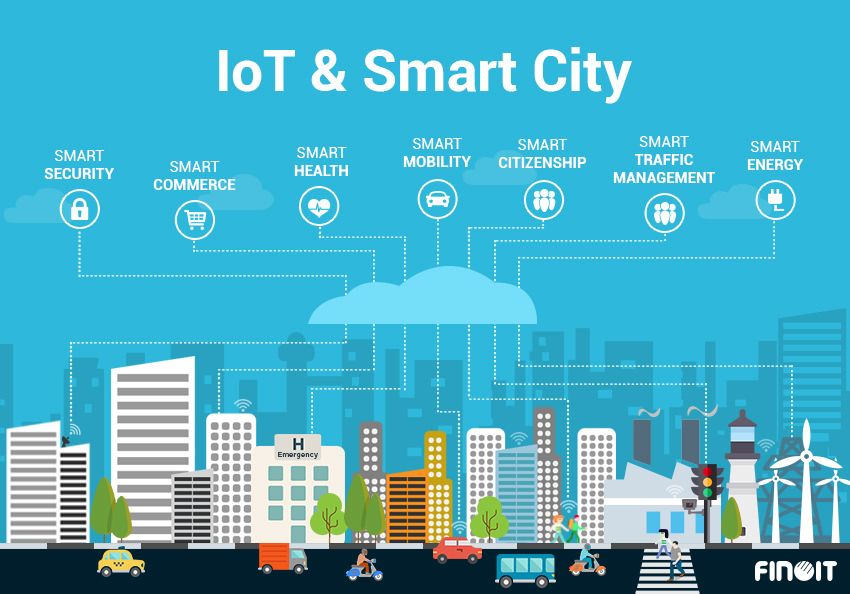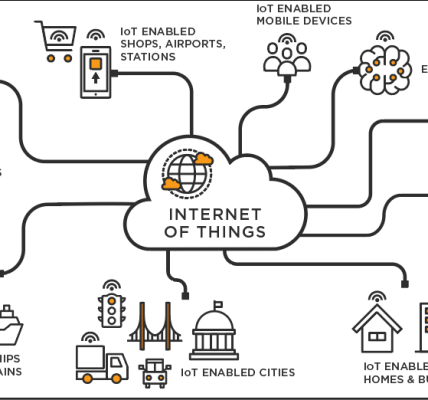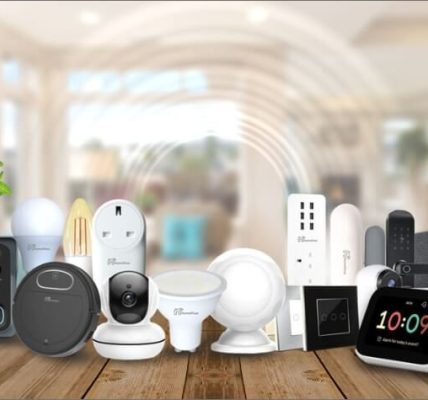Smart cities are the future of urban development, leveraging technology to improve efficiency, sustainability, and quality of life for residents. One of the key technologies driving the development of smart cities is the Internet of Things (IoT). IoT refers to the network of interconnected devices and sensors that collect and exchange data to optimize various aspects of city living. In this article, we will explore the role of IoT in shaping the cities of tomorrow.
Improving Infrastructure
IoT plays a crucial role in enhancing the infrastructure of smart cities. By embedding sensors in buildings, roads, and public utilities, city planners can monitor and maintain key infrastructure components in real-time. For example, IoT sensors can detect leaks in water pipes, monitor traffic congestion, and optimize energy consumption in public buildings. This real-time data enables cities to proactively address issues and improve the overall efficiency of their infrastructure.
Enhancing Public Services
IoT technology also enhances the delivery of public services in smart cities. By integrating sensors into public transportation systems, waste management, and emergency services, cities can provide more efficient and responsive services to their residents. For instance, IoT sensors in buses can provide real-time information on routes and schedules, while smart waste bins can optimize waste collection routes based on fill levels. This improves the overall quality of life for residents and reduces the strain on city resources.
Promoting Sustainability
Another key role of IoT in smart cities is promoting sustainability. By monitoring and optimizing energy usage, waste management, and water consumption, cities can reduce their carbon footprint and minimize environmental impact. For example, IoT sensors can track energy consumption in public buildings and automatically adjust lighting and HVAC systems to optimize efficiency. This not only reduces energy costs but also contributes to a cleaner and greener urban environment.
Enhancing Safety and Security
IoT technology plays a crucial role in enhancing the safety and security of smart cities. By integrating sensors into public spaces, street lighting, and surveillance systems, cities can monitor and respond to potential threats in real-time. For example, smart streetlights can adjust lighting levels based on pedestrian activity, while smart surveillance cameras can identify suspicious behavior and alert authorities. This proactive approach to safety helps to create a secure and welcoming urban environment for residents and visitors.
Fostering Innovation and Economic Growth
Finally, IoT technology fosters innovation and economic growth in smart cities. By creating a dynamic ecosystem of technology companies, startups, and research institutions, cities can attract investment and talent to drive technological advancements. This not only creates new opportunities for job creation and economic development but also positions cities as hubs for innovation and entrepreneurship. In turn, this leads to a virtuous cycle of growth and prosperity for the city and its residents.
Conclusion
As smart cities continue to evolve, IoT will play an increasingly important role in shaping the urban landscape. By leveraging the power of interconnected devices and sensors, cities can enhance infrastructure, improve public services, promote sustainability, enhance safety and security, and foster innovation and economic growth. The future of urban living is smart, connected, and sustainable, and IoT technology will be at the forefront of this transformation.
Are you ready to embrace the potential of IoT in shaping the cities of tomorrow?




